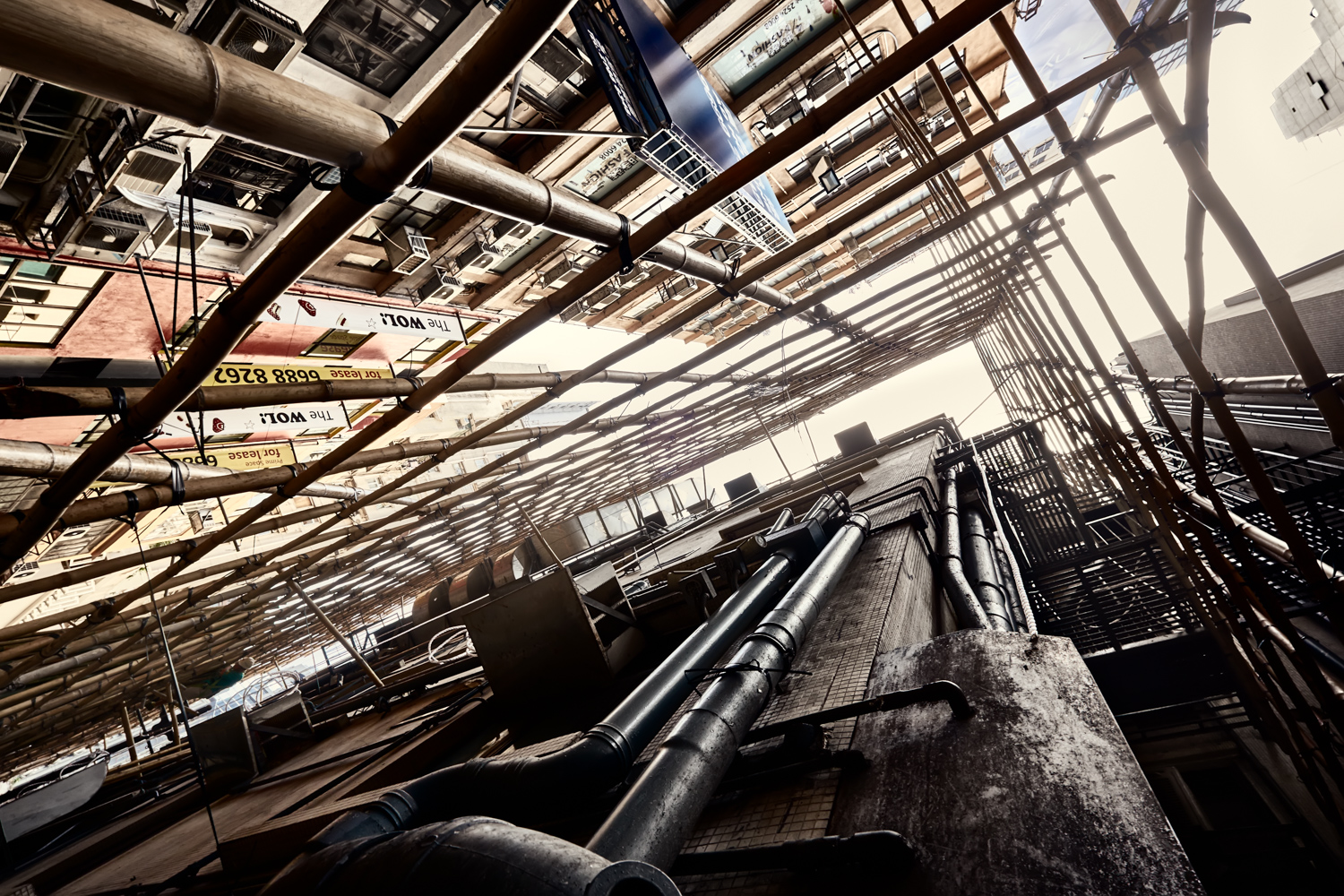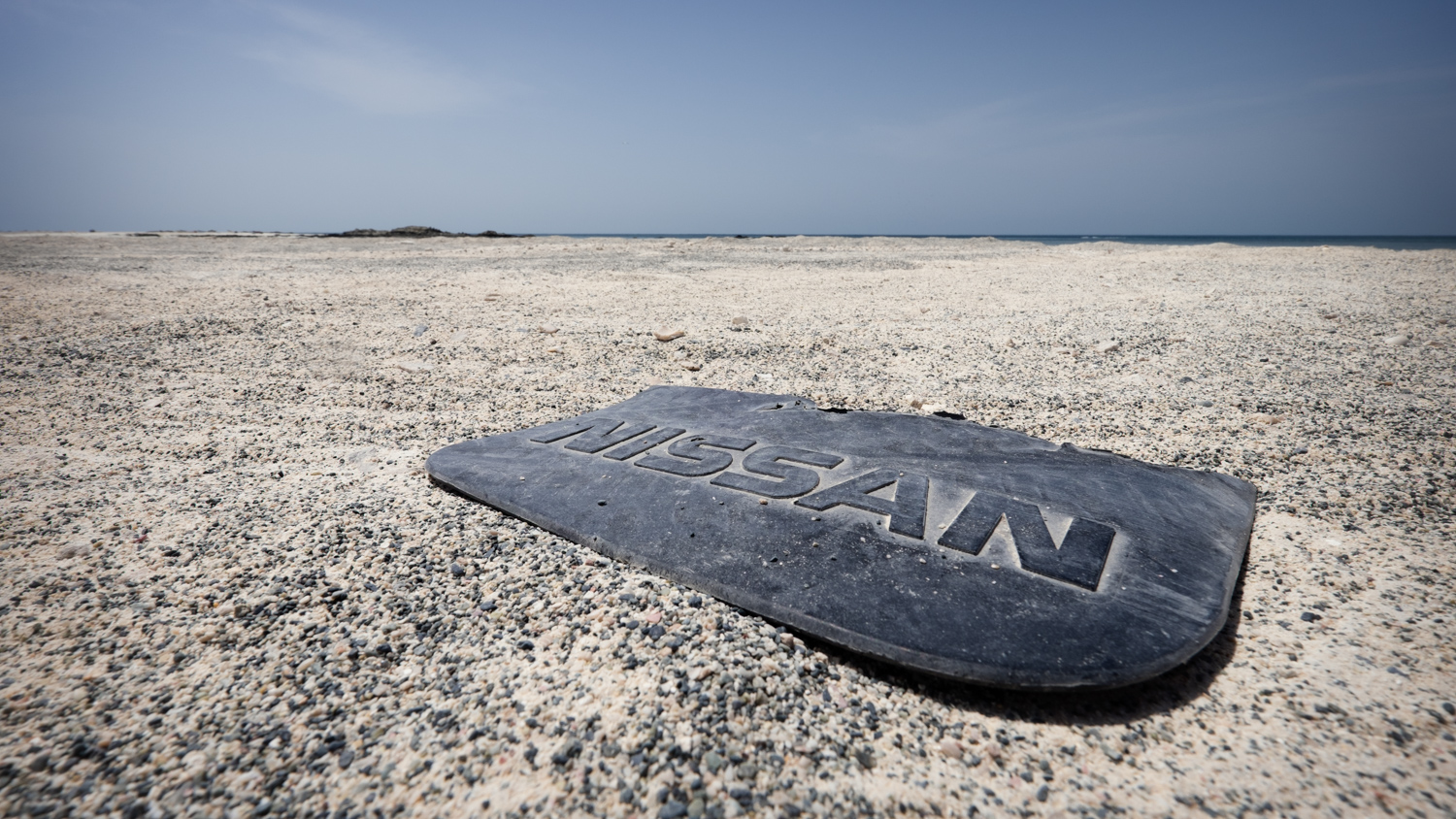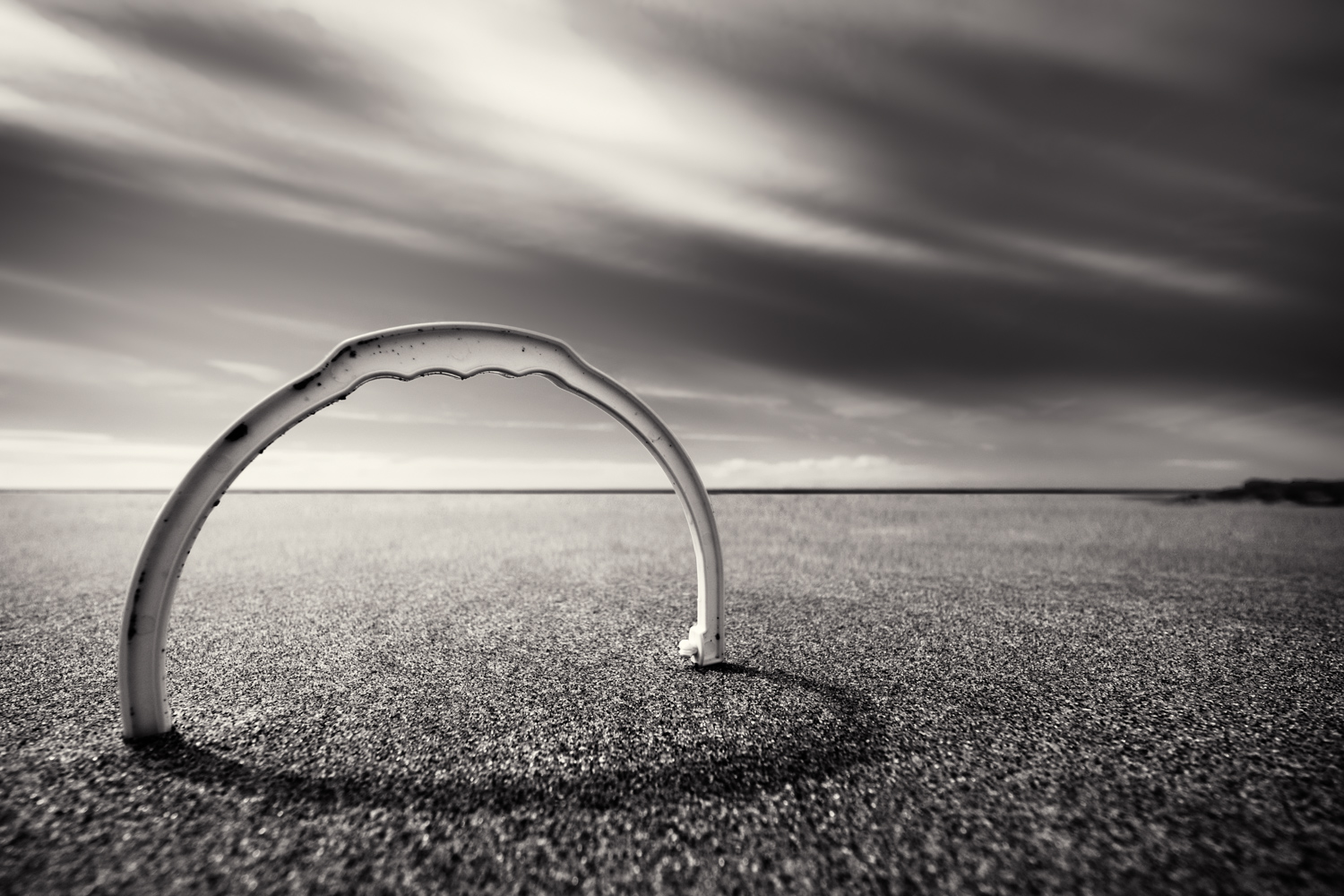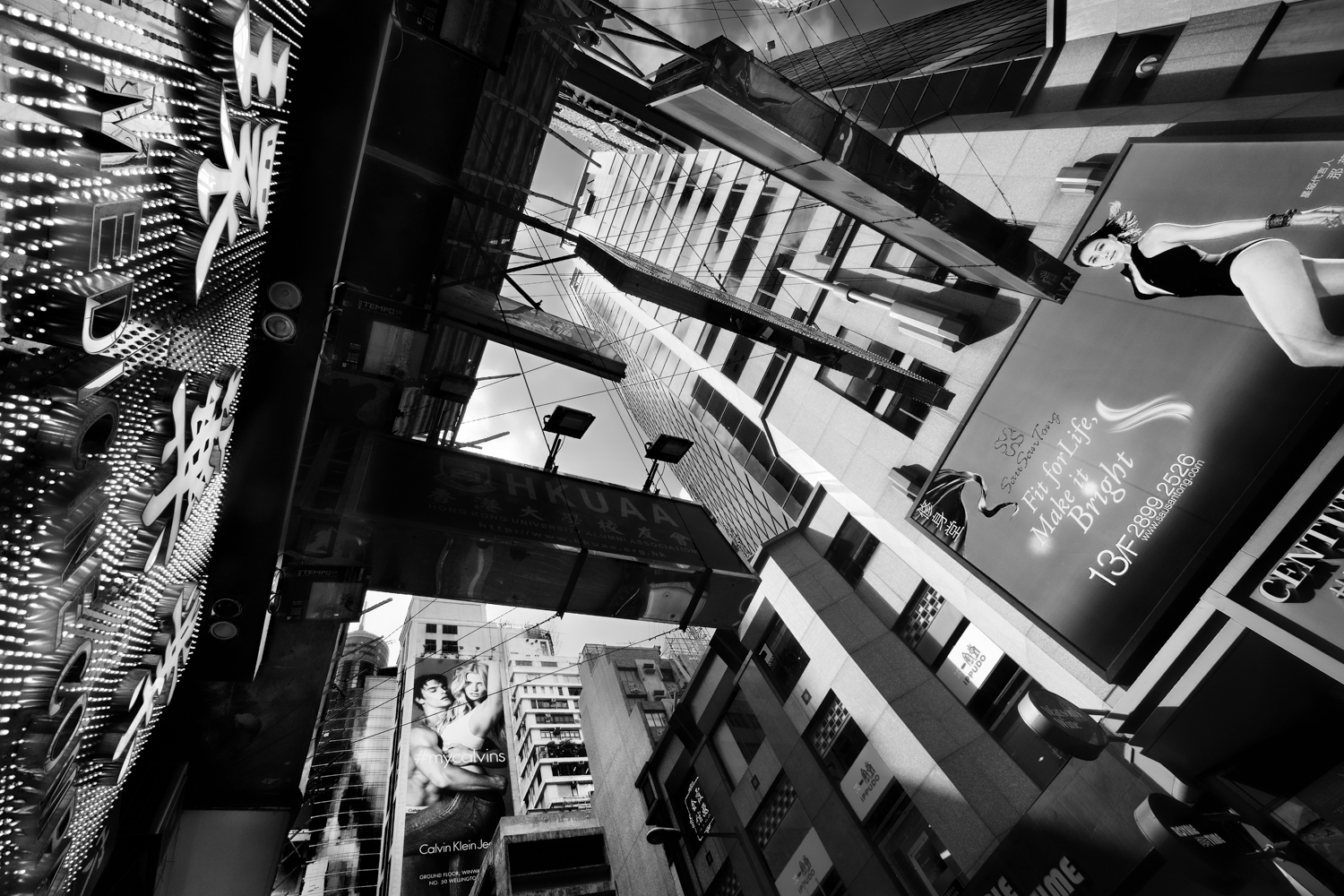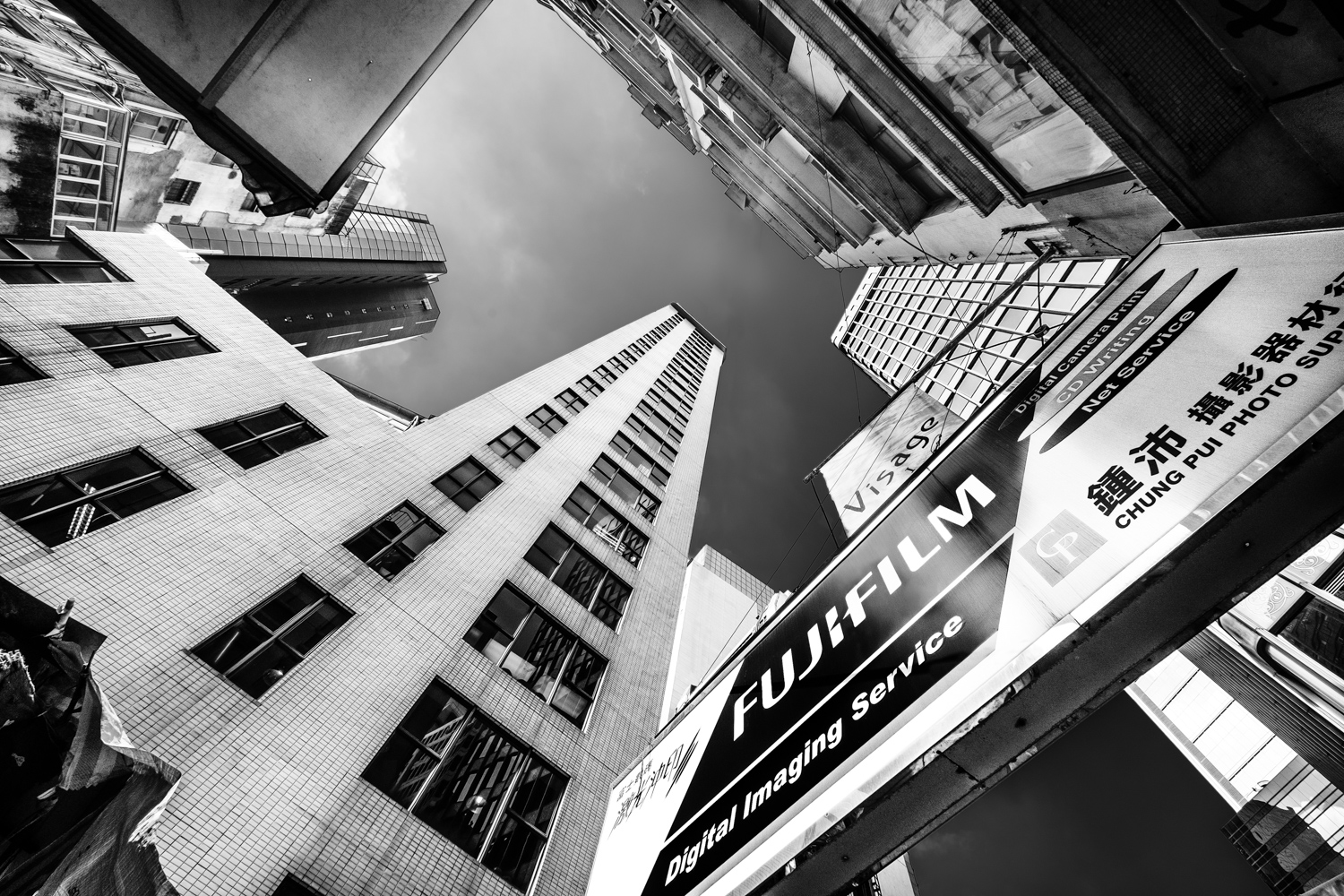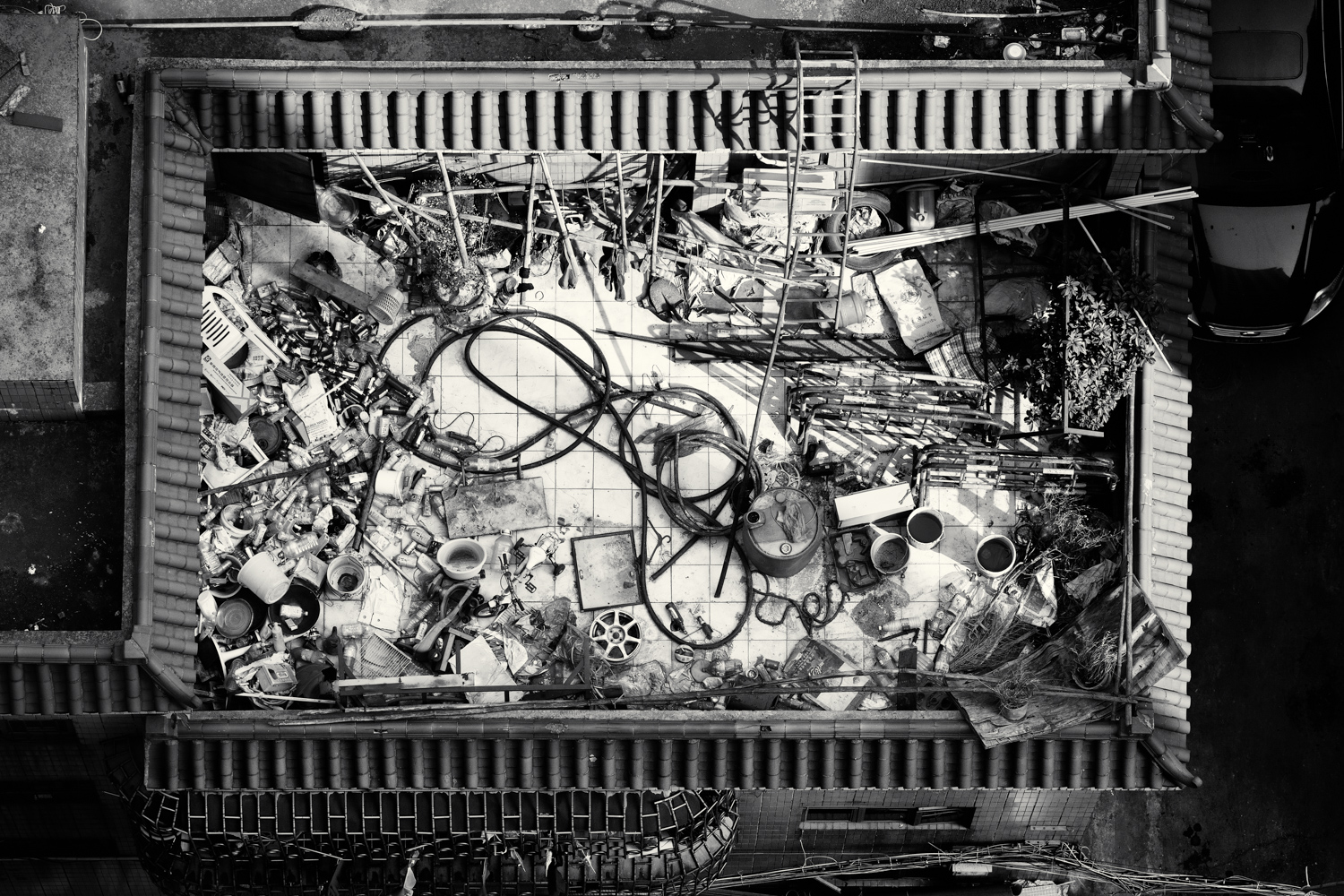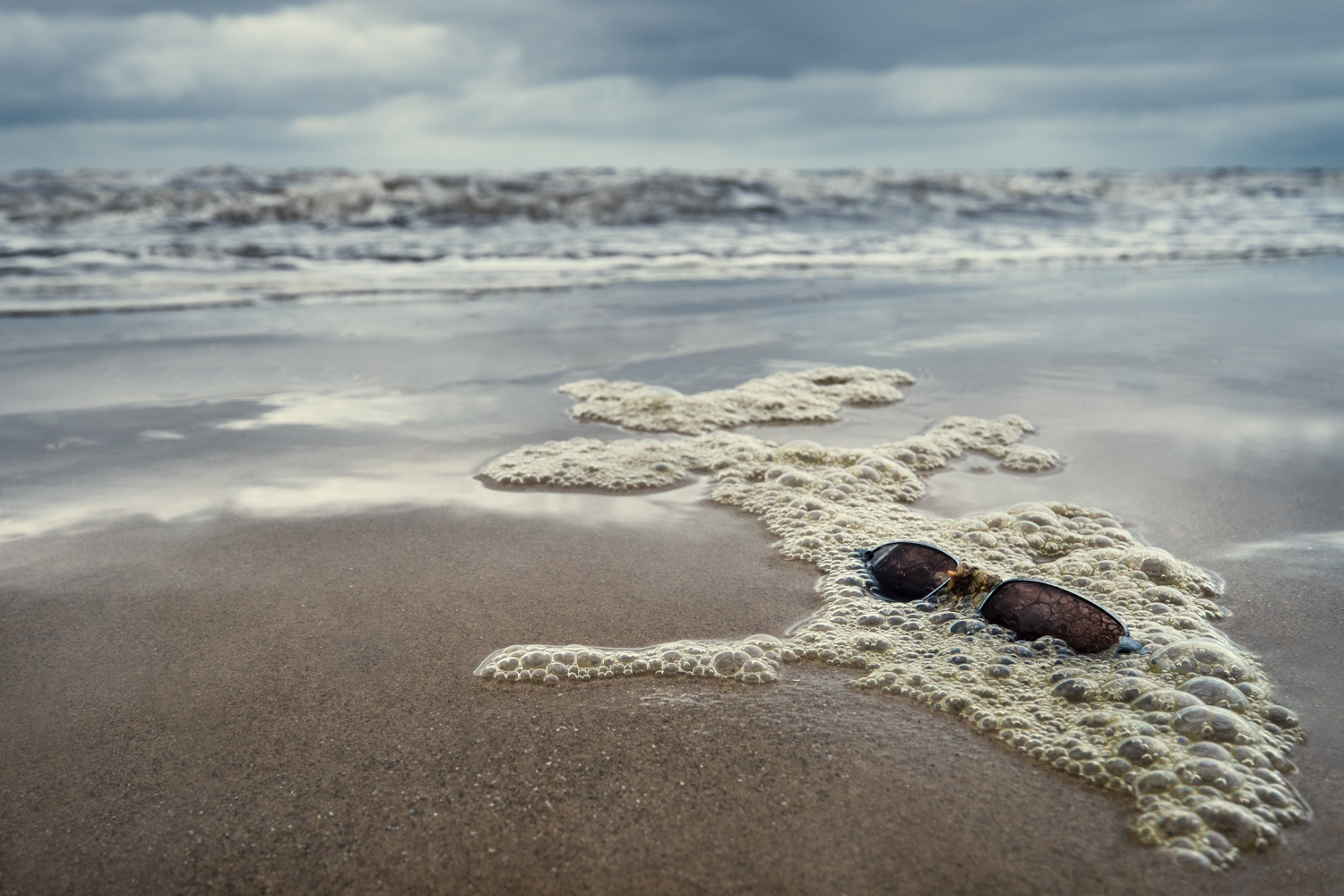Read most any review of the latest Fuji cameras, particularly the X100T and the X-T1, and one of the things that’s most often mentioned is that they’re a joy to use. Before getting an X-T1 a little over a year ago I found these comments perplexing, not in the sense that I didn’t know what the reviewer meant, but because they were often so overwhelmingly positive they sounded more like paid advertisements from fanboys rather than a genuine response to the gear. Surely it’s just a camera, it can’t possibly be that good?
Having shot with the X-T1 for a little over a year now I now know what they mean, Fuji cameras are a joy to use – the image quality is great, and colour reproduction, particularly for portraits, is in a class of its own – but what sets the Fuji cameras apart from their rivals is the ergonomics and design. Unlike other camera systems I’ve shot with in recent years Fuji cameras give the impression they were designed by photographers, not electronic engineers. For example, all the important controls such as ISO, exposure compensation, shutter speed and aperture (on most lenses at least) are instantly accessible, even when the camera’s turned off. I could reel off a whole bunch of other design features I like, along with how some of them could be better or easier to use, but that isn’t the point of this article. Instead, I want to focus on one feature of the X-T1 I especially like and how it’s helped me to get a range of shots that would have been difficult, sometimes impossible to get without it: the tilting LCD screen.
The LCD screen on the X-T1 isn’t as manoeuvrable as on some cameras – it’s can tilt between 45 degrees downwards and 90 degrees up (so you can shoot from the waist) – but this adds a degree of flexibility that’s missing from most high end cameras. Dean Martin discussed this recently in his post on using an X-T1 to shoot festivals and concerts, where he used the X-T1 on a monopod above his head to get some great crowd shots, but where I’ve found it most useful is for travel and landscape photography.
For example, I often shoot from low to the ground, especially when I’m shooting with the XF 10-24mm f/4, and the tilting screen makes this much easier.
For the previous examples I could have easily got the shot without using the screen – they were shot on dry days, and laying down in the sand or the street wouldn’t have been a major problem – but it did make things easier.
By the same token, the following three images could also have been taken without the benefit of the screen. In the case of the first two the only consequence of not using the screen would have been a stiff neck, while the final – shot from a hotel balcony in Shenzen, China – would have given me nothing worse than momentary vertigo. In each case, I could have got the shots, but not as easily.
For the next two shots though, while I could have taken both of them, I wouldn’t have done. Both were taken during walks along my local beach, and while I was dressed for the weather, I would have ended up soaking wet if I’d taken either of these lying down. And this is the main reason I find the tilting screen especially useful: it allows me to get shots that would be much harder to take without it.
My final example is a bit different. Again, I could have got the shot without the screen, but it would have been much harder to do. In this case I was attempting to frame the three boats in relation to the anchor, which wasn’t easy as the anchor was a lot smaller than it looked: maybe 12″ in diameter. To get this shot, and place the horizon towards the bottom of the frame, I had to dig a hole in the beach and tilt the camera upwards. The hole wasn’t deep – maybe 5 inches in total – but because of the angle the screen wouldn’t have been visible if I hadn’t been able to tilt it. I could have guessed the composition, by shooting, repositioning the camera, shooting again, and so on, but I suspect I wouldn’t have been able to nail the composition if I had. And given that this was a 17 second exposure I suspect I would have missed the best of the light by the time I’d got it right.
In conclusion, the tilting LCD screen on the X-T1 isn’t a revolutionary feature – it doesn’t push the bounds of photography in any significant way – but it’s one of my favourite features of the X-T1. On a simple level it makes many shots considerably easier to take, but more importantly it also allows me to create shots that would be very difficult, if not impossible without it. If you haven’t shot with a tilting or articulating screen you’d be forgiven for thinking that it doesn’t sound like much of a big deal, but it’s definitely one of my favourite features, and one that allows me to get shots that I wouldn’t otherwise be able to take.

